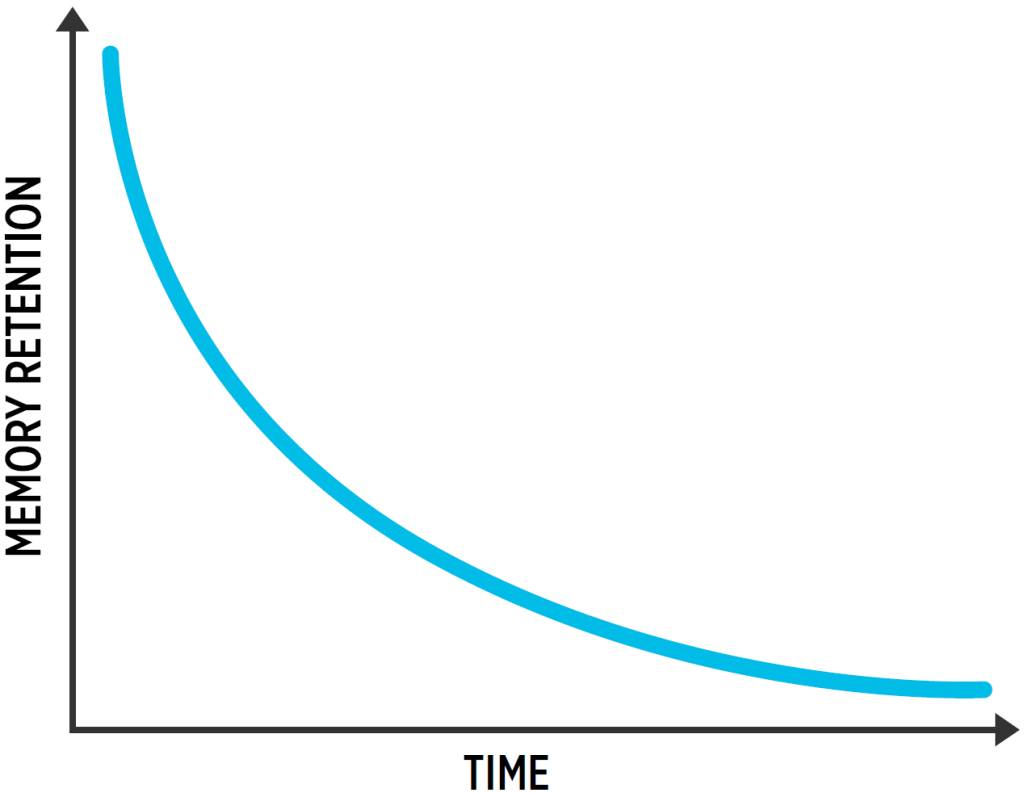We’ve all been there.
The organisation invests an obscene amount of money in a course library, and after much fanfare and an initial spike of excitement, activity steadily dwindles until the platform resembles a ghost town vacated by all but the most enthusiastic of fans.
Similar problems with learner engagement beset other forms of digital training too; whether it’s the famously low completions rates of MOOCs, or the constant chasing up of laggards who are yet to complete their compliance modules.
So when David Swaddle called out for tips to help fight what he described as “zombie digital learning”, I was all too willing to share the Top 3 pieces of advice that I’ve formulated on my quest to transform conventional digital training into blended learning experiences.
Here they are…

1. Make time
Everyone’s too busy and they don’t have enough time to devote to their own learning and development. This has been the case ever since I started my career in this field and probably will remain so long after I retire.
So make time.
Add reminders into your participants’ calendars; schedule learning blocks; benchmark progress by declaring where they should be up by now; and host a complementary social networking group to keep the flame alive.
2. Provide context
Digital content can be generic by design, because it’s intended to scale up far and wide. However our audience may struggle to join the dots between what they see on screen and what they do on the job.
By supplementing the generic content with customised content, we can explain the implications of the former in the organisational context.
And by facilitating live interactive sessions that explore that context further, we reinforce it.
3. Assess application
Whether it’s a fair reputation or not, digital training is notorious for being a tick & flick exercise that fails to change behaviour in the real world.
So we need to ensure that the knowledge and skills that are developed via the learning experience are transferred by the employee to their day-to-day role.
By weaving an application activity into the instructional design – and by assessing the evidence of that application – we make it happen.

These are by no means the only ways to evolve your digital training.
However I hope that by implementing my three tips, you’ll supercharge it.
